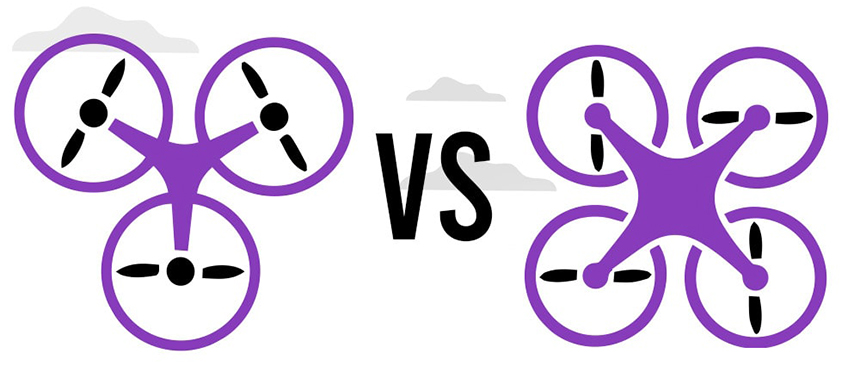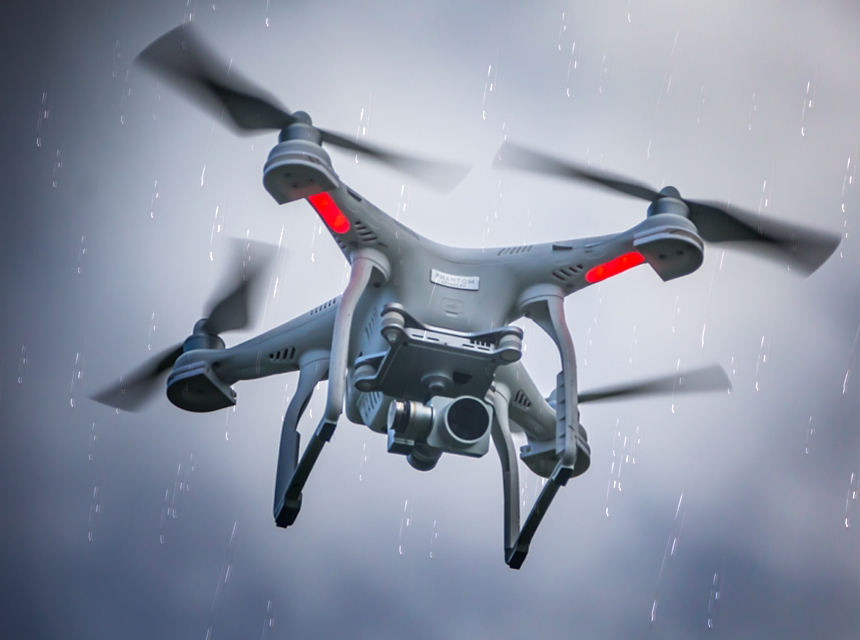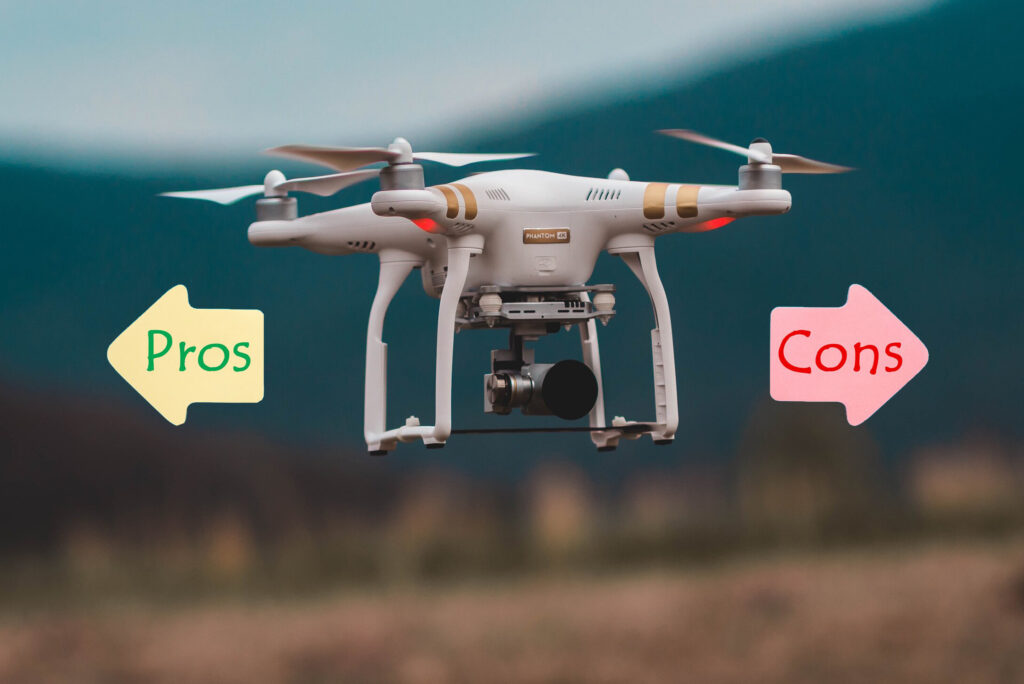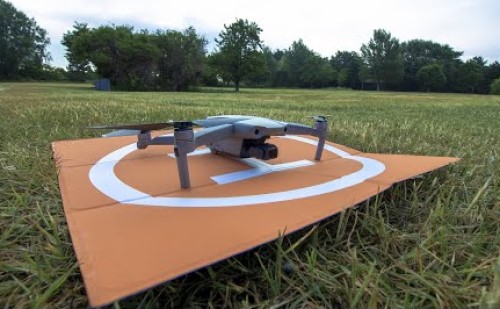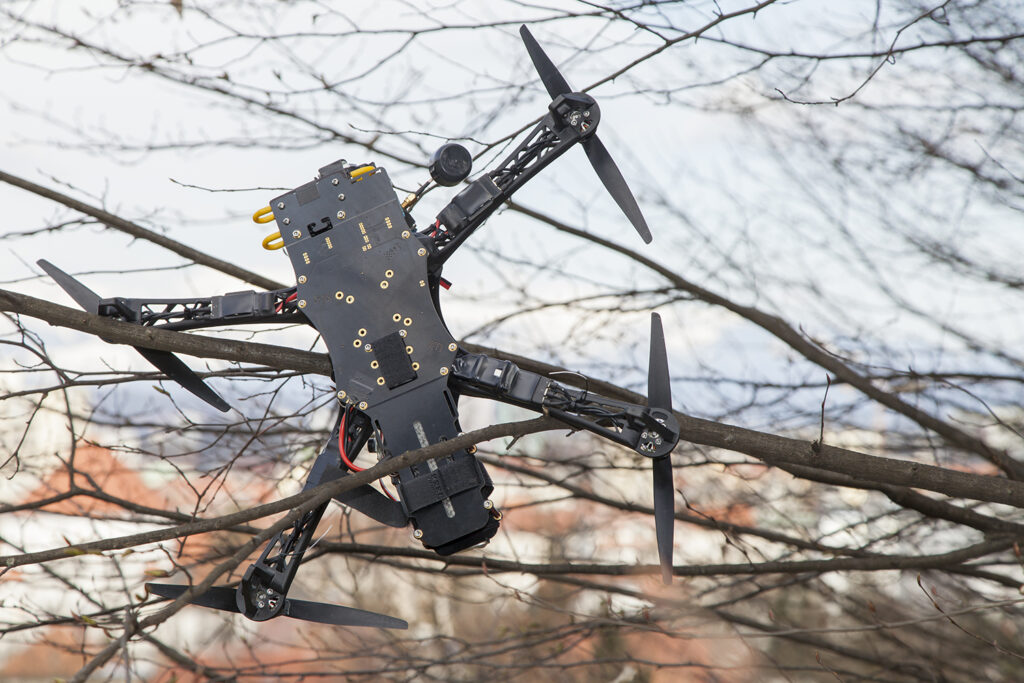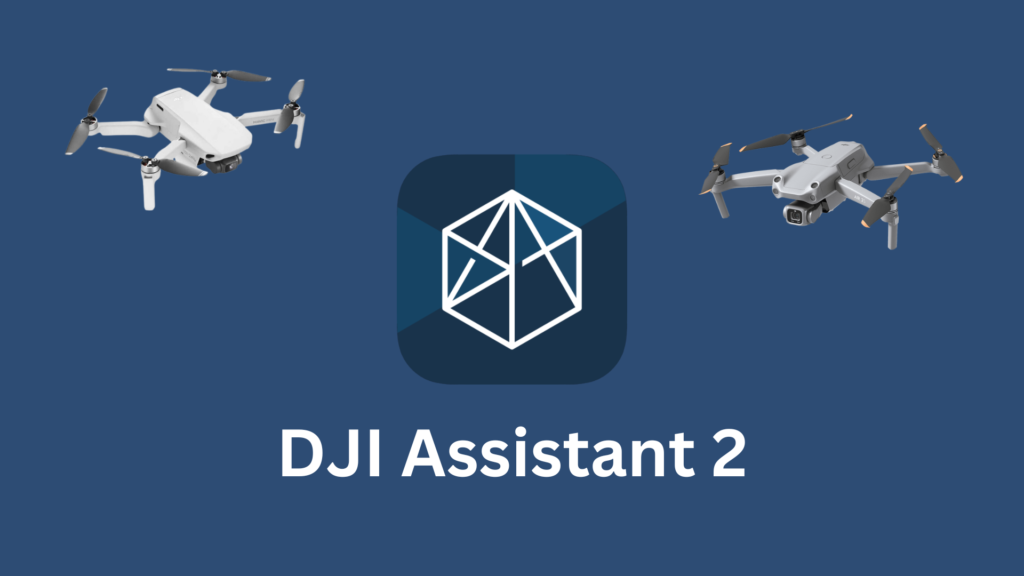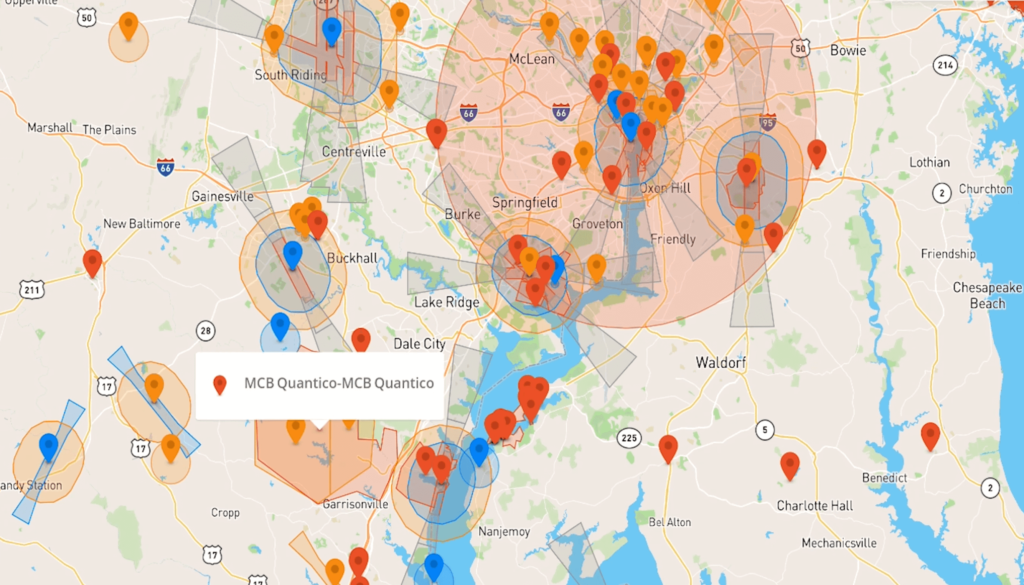By 2025 it is predicted Trusted Source Global Drone Service Market Report 2019 | Markets Insider The drone services market size is expected to grow from USD 4.4 billion in 2018 to USD 63.6 billion by 2025, at a CAGR of 55.9% during the forecast period. markets.businessinsider.com that the drone market will be worth over £63 billion or more. This includes all UAV types (Unmanned Aerial Vehicles), including quadcopters and tricopters. If you’re thinking about investing in a drone or upgrading your own, choosing between these two main types is a big decision. There are so many incredible models out there to choose from these days, all with their pros and cons.
To help you understand the entire quadcopter vs tricopter topic, including information like quadcopter vs. tricopter flight time, tricopter vs. quadcopter stability, and tricopter vs. quadcopter efficiency, we’ve collected all the information you need to make an informed choice about your purchase. With the information below, you’ll be enjoying flying your perfect UAV in no time.
Quadcopter VS Tricopter: An Overview of the Differences
A quadcopter is what most people mean when they say ‘drone’. They came about into the general market in the 2000s, and they have remained the most popular model of drones overall. They are generally very simple in operation; they use to control how they work, and they are composed of four propellers, each powered by a motor.
In modern times quadcopters are not just used for fun and can be seen used to film blockbuster movies, in sports coverage, for building and roof inspections, and to find criminals and in traffic control.
Tricopters were actually more popular on the market than quadcopters before quadcopters advanced in technology and were restricted in flight times and ability. Using three motors and propellers, the tricopter tends to be simple in how it operates but also, to some degree, restricted. It is commonly seen as a beginner’s drone and tends not to work well in bigger sizes.
With all that in mind, there are still some major advantages to both the quadcopter and the tricopter so it is important to consider both as an option before making your drone purchase.
Quadcopters
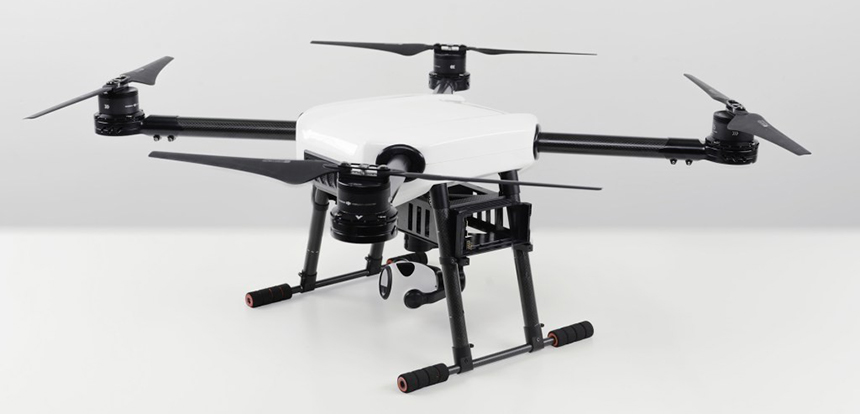
Quadcopters generally have 2 rotors spinning clockwise (CW) and two counterclockwise (CCW).
The quadcopter is what most people mean when they say ‘drone’, and it tends to be the most popular purchase choice. It does have some major advantages, but it also has some disadvantages too. Let’s take a closer look:
Pros:
- Simple operating system
- Available in various designs of different styles and sizes
- Can move in any direction when in flight
- Great crash durability overall
- Can lift more weight than tricopters
- Cheaper to fix than a tricopter
- Generally easier to find if lost because of their size
- Easier to control in flight than a tricopter
- Able to withstand more adverse weather than a tricopter
- Work well upscaled
Cons:
- Can be very unreliable
- Technology can still be touchy in adverse weather
- If one motor fails, the whole system can crash
Tricopters
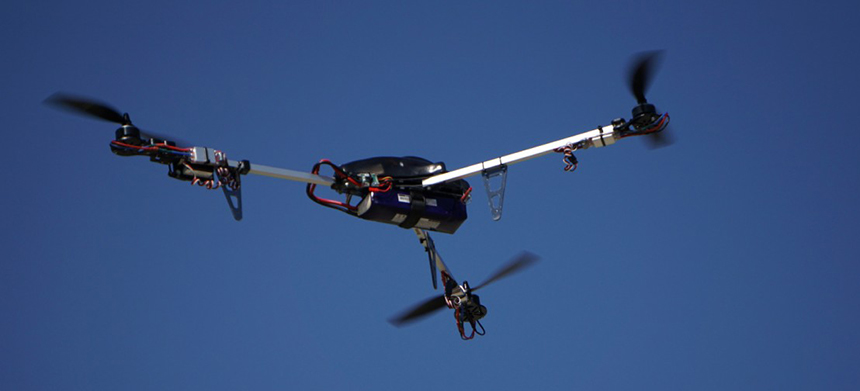
The tricopter uses three rotors, which generate buoyancy, are used for movement and control.
Tricopters have been around long before quadcopters and tend to be more popular with hobbyists and consumers looking for more of a novelty drone.
Pros:
- Cheaper than quadcopters overall
- Light and easy to transport
- Battery life is better than quadcopter battery
- Fewer motors to maintain
- Come in a variety of styles
Cons:
- Crash durability tends to be very poor
- Highly affected by even small changes in wind or other adverse weather
- Overall, build tends to be very open to breakage
- Fewer models available
- Challenging to get fixed because of build complexity
- Servo can be highly affected by different variables
The Key Differences Between Quadcopter and Tricopter
While the quadcopter and tricoper have a lot in common, generally, they have some key differences that make them easy to tell apart. It is essential to understand these differences so that you can choose the best drone for your needs.
Rotor Count
The quadcopter has four rotors, and the tricopter has three. The rotors are the rotating parts of a machine and, in this instance, refer to the blades that enable the device to take flight.
Protection
Quadcopters are generally quite well armored, even the types in the budget range. This projects them well against damage if they crash. Tricopters, however, are not armored at all and instead, have fairly exposed hardware, so if they crash, they can be completely destroyed fairly easily.
Flight Time
When it comes to quadcopter vs. tricopter flight time, the average quadcopter vs. tricopter flight timeremains relatively poor, with this aspect of the technology still lacking quite distinctly, even in expensive versions.
Overall, with quadcopter and tricopter flight time, you will get about a maximum of 20 minutes flight from a tricopters and about 10-15 minutes flight time from a quadcopter if the battery is fully charged and the weather is really calm (no wind).
Style
Tricopters remain to be more likely to be purchased as a novelty item, available as helicopters or other novelty shapes. The triple rotors enable the tricopter to fly, but they are not necessarily a unique design for a UAV. The quadcopter, or drone, however, tends to look like, well, a drone. It has its own look and even with different designs, is distinct as a specific type of UAV in its own right. The quadcopter, however, does have several configuration types within its unique style, which include:
- X shaped where the front and back of the device sit between the X arms, such as with the DJI Air 2S Drone Quadcopter, a top-rated all in one
- + shaped where the device is central, and the arms reach out in a plus shape
- H-model where the device is oblong, and the two arms come out from the shortest sides of the cuboid shape
- Square model where you might see what looks like four circles joined together with rotating blades inside and the device itself is central to those circles
Carrying Weight
Some tricopters are designed to carry gimbals or other video-recording apparatus, but overall they cannot carry the same weight as a quadcopter. Quadcopters are able to take much heavier weights with more lightweight drones carrying 2-4 pounds and a more heavy-duty drone potentially able to carry over 10 pounds of weight.
Ease-Of-Use
Tricopters do have an outdated technology within them that is not as advanced as a quadcopter. However, they are still relatively easy to fly and can do some cool maneuvers like hovering.
On the other hand, quadcopters might be a little tricky to master at first, but once you understand the controls, they are very easy to fly.
Efficiency, Performance & Agility
When it comes to tricopter vs. quadcopter efficiency, overall, the tricopter is slower and less agile than a quadcopter despite being smaller and lighter. It is designed to fly more like a tiny helicopter. With its efficiency, performance, and agility, the quadcopter can usually perform all kinds of aerial acrobatics such as speedy flips, quick stops, quick drops, and completely stationary hovering.
Speed
A tricopter is generally slower than a quadcopter, reaching rumored speeds of 200MPH for non-sale military drones. There are also adapted drones that are raced, but again none-commercial. When it comes to what you can buy, you are likely looking at around 30MPH on average, and up to 70MPH in sports mode.
Other Features
Both tricopters and quadcopters can be found in any color, although grey, white and black tend to be the most common colors. Tricopters are usually found in a broader range of colors because the shape is often more of a novelty.
Another commonality between tricopters and quadcopters is the fact that both utilize lights. However, the lights on a tricopter aren’t usually anything more than an aesthetic feature, whereas the LED lights on quadcopters are used to help fly the drone at night and may even help in lighting film subjects.
The Best Drone for Beginners
If you are looking into tricopter vs. quadcopter for beginners, it is a good idea to check out drones under $150 dollars because that leaves plenty of budget room for learning and replacing in the event of a highly damaging crash. With tricopter vs. quadcopter for beginner research, you might also want to check out the Syme brand, which offers a great range of beginner quadcopters suitable for adults and kids alike.
Tricopters don’t need as much budget consideration when considering tricopter or quadcopter for beginners because they tend to be cheaper anyway.
When it comes to which is better for a beginner, generally it depends on the person using it. Tricopters are cheaper and offer a fun project to learn to fly them well, but they are harder (or sometimes impossible) to fix and are not as agile as quadcopters. On the other hand, quadcopters are easier to fix and more durable, so if you want to try high-quality aerial photography or filmography (or anything that involves flying at a great height and with more risk), then quadcopters are an excellent choice.
Which Type of Drone for Videography Should You Choose?
When it comes to tricopter vs. quadcopter for videography, you have a lot of choices. The market has a lot to offer, although there are some critical factors to consider before looking into which purchase to make during your tricopter vs. quadcopter for videography search.
Drones are now highly popular when it comes to videography and obtaining unique and exciting shots previously difficult or even impossible with camera rigging. The industry is highly regulated, as shown in this drone guidance article from the BBC. Trusted Source Guidance: Use of drones | BBC This guidance note discusses the considerations around the use of drones for filming. www.bbc.com However, if you keep abreast of the latest laws and guidelines, you can have a lot of fun filming and operating your drone for videography purposes.
When choosing the best drone for videography, experts recommend the DEERC DE22 GPS Drone with 4K camera because it has so many outstanding videography features. When you’re shopping for a videography drone, look for features such as:
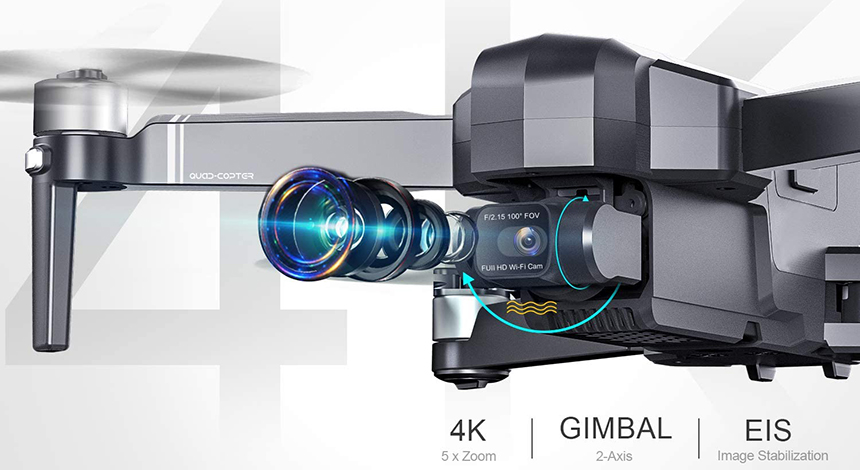
DEERC DE22 GPS Drone offers 4K Ultra HD image (3840×2160p) with stunning clarity and deep contrast.
- Anti-shake technology (tricopter vs. quadcopter stability is not comparable, so focus your search on drones for this feature)
- Inbuilt gimbal
- 4K film quality or higher
- Zoom ability
- Follow me options
When it comes to tricopter vs. quadcopter efficiency in terms of videography, tricopters are generally not in the picture for consideration at all. The same is with tricopter and quadcopter stability considerations. Tricopter and quadcopter efficiency and stability are simply not comparable for videography. Even though the tricopter can carry a gimbal, it is mainly just a novelty and won’t work for professional videography.
Choosing a Drone for Pro Use
Drones can be purchased for professional use in surveillance, videography, agriculture, delivery, mining, insurance, and conservation.
For your reference, here are the current drone laws in the UK. It is good to be aware of these as a recreational user and as a professional drone user.
It is also a good idea to do a lot of research about using a drone professionally and what that involves. It is a relatively new market, and despite over 850,000 drones being registered for legal use in America alone, there are set to be many more registered in the future as the industry evolves. That makes it a changing market, so you need to do your research if your professional drone is an investment.
Once you know what you want to use the drone for and which laws it must abide by, you can then search using those criteria. Whether you need it to operate at certain speeds, work within the weather in a specific agricultural area, or record high-definition video, there’s a drone to fit your needs. The key is understanding your needs first, so you don’t get overwhelmed by what’s on offer.
Final Thoughts
Understanding everything relating to quadcopter vs. tricopter is essential if you’re thinking about purchasing one for yourself or a loved one. By understanding features like the speed, durability, model types, ease-of-use, agility, and battery power of a tricopter or a quadcopter, you can make an informed choice and avoid buying something just because it looks great. Even better, you have more chance of sticking to a budget and avoiding an overspend on your new toy.
With all the information above, you’re definitely ready to look further into buying your first tricopter or quadcopter for hours and hours of drone fun!


